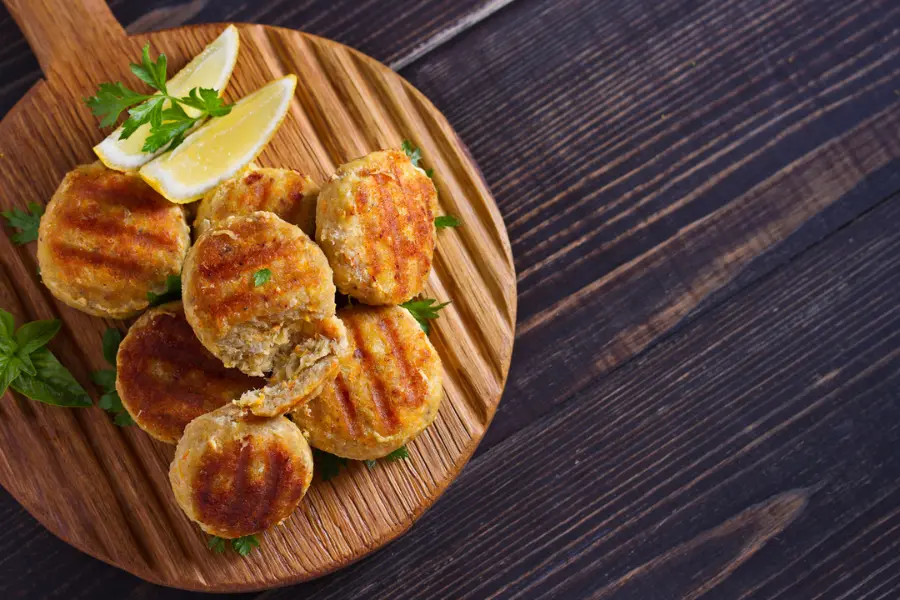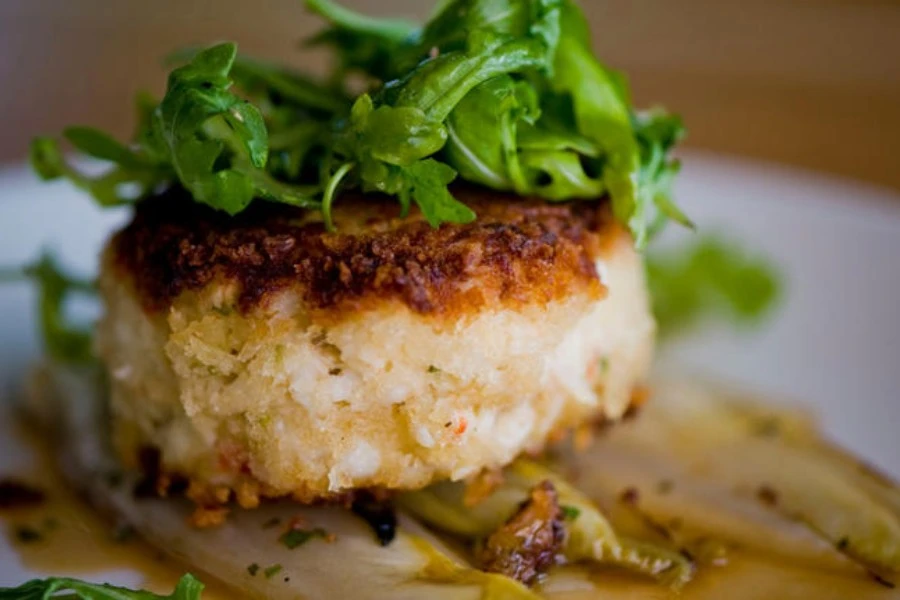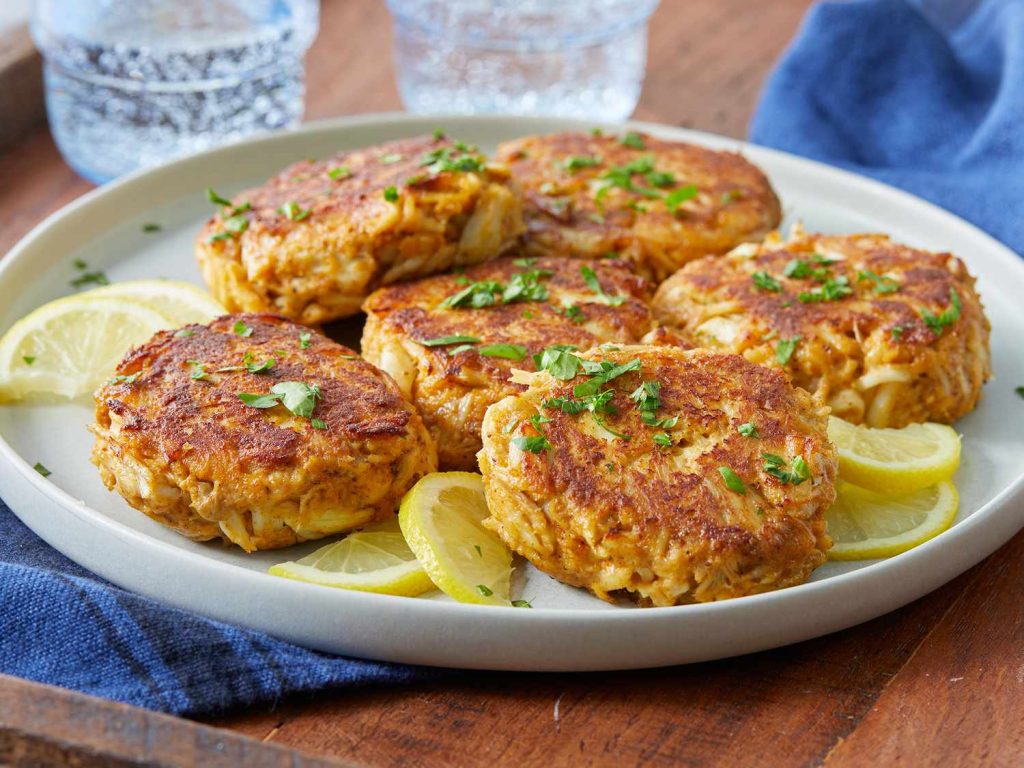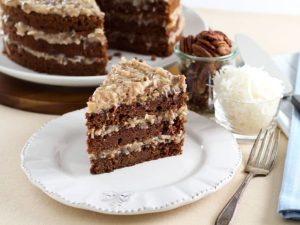The Ultimate Guide On How To Reheat Crab Cakes For Perfect Results

Have you ever been a fan of crab cakes and are now facing the problem of reheating them without compromising on taste and texture? You’re not alone!
Here in this ultimate guide, I will guide you on how to reheat crab cakes and get the same delicious taste as when they were just prepared. Ask yourself what methods are most effective to fry them to achieve a crunchy outer layer and a soft interior. Read on to find out how you can reheat crab cakes to their best!
What are Crab Cakes?
A crab cake is a type of fishcake liked in the United States. It has crab meat mixed with bread crumbs, mayonnaise, mustard, eggs, and spices. People cook it by sautéing, baking, grilling, deep frying, or broiling.

Ingredients of Crab Cakes
Crab cakes are mostly prepared from crab meat, and other ingredients such as mayonnaise, mustard, and herbs that act as a binder. Some form of breadcrumb or cracker meal is included so that when the bread is baked, it acquires a crisp surface. Eggs are also added to act as a binder to make the crab cakes compact. The ideal crab cake should be crispy on the outside and moist on the inside.
Basic Storage of Crab Cakes
Crab cakes must be stored properly to preserve the quality of this dish. Before cooking, these products should be stored at or below 40°F (4°C) to inhibit bacterial growth. For storage in the freezer, they should be wrapped airtight to minimize the effects of the freezer burn. While reheating, they must be moist while at the same time getting crisp on the outside.
Food Safety Considerations
Crab cakes are tender, and therefore should be handled gently, more so since most of the time, the cakes are prepared in advance. It is advisable not to expose them to room temperature for more than 2 hours. Any crab cakes that are left out for longer should be chucked to avoid cases of food poisoning. Ensure that you cook the crab cakes to the right temperature of at least 165°F (74°C) to prevent health issues.
Functions of Crab Cakes in the Culinary Traditions
Crab cakes are widely consumed in many cultures, particularly in the region around the Chesapeake Bay in the American states. It is consumed for its juicy and savory tastes and may be taken as appetizers or as main courses. While flavors and textures vary by region, the essence of a crab cake remains the same: Crab pieces that are tender and delicate and covered with a golden crust.
How to Reheat Crab Cakes?
Crab legs are a delicious delicacy that is best for the festive table, for any celebration, or just for a gourmet dinner. The preparation of this dish is not very complicated, but it might take some time to pull the tender meat out from the long and thin shells. You can steam them to enjoy with butter or boil them to use in crab cakes, these are some of the ways through which this seafood is enjoyed. It is equally unwise to let all the time and money that has been spent preparing them go to waste.
However, reheating seafood is a little tricky, not forgetting the terrible feeling that comes with food poisoning. It is therefore important to know the right way of reheating crab legs so that they do not become a health hazard to the consumer. This guide will assist you in eating your leftovers to the fullest, be it in their original form or other dishes.

Method 1: Boil Crab Cakes in Hot Water
Boiling crab cakes in hot water is an unconventional method that can help retain moisture and ensure even cooking. Here’s a step-by-step guide on how to do it:
- Recooking crab legs by boiling will not compromise the texture and taste of the meat by making it hard and dry.
- Place the crab legs in the pot, and pour water into the pot such that it would sufficiently cover the legs.
- Heat the water till it boils.
- Submerge the crab legs into the pot of boiling water and allow the water to boil for approximately five minutes.
- Remove and serve immediately.
You can ensure they remain moist and flavorful when boiling crab cakes, offering a different texture compared to traditional frying or baking methods.
Method 2: Boil Your Crab Cakes in a Large Pot
This method can help ensure they are evenly cooked and retain their moisture. Here’s a detailed guide on how to achieve this:
- Steaming is also preferred but it is slightly better than boiling because less water is used.
- The preferred type of pot should be a steamer pot or any pot that has a metallic steaming colander.
- Add approximately 2 inches of water, beer, sherry, white wine, or broth for added stock taste.
- Boil the water.
- Put the crab legs in the steamer or colander and put a lid on the top of it.
- Boil for 5 minutes in a steam until hot.
Tips:
- Handle the crab cakes gently to prevent them from breaking apart.
- Adding seasonings to the boiling water can impart subtle flavors to the crab cakes.
- Simmering rather than boiling vigorously helps maintain the integrity of the crab cakes.
Method 3: Put Crab Cakes in the Oven
Baking crab cakes in the oven is a convenient method that allows for even cooking and a crispy exterior without the need for frying. Here’s a step-by-step guide on how to bake crab cakes:
- The oven is recommended for reheating a large number of crab legs and keeping the taste at the same time.
- With regards to temperature, the oven should be preheated before use, to about 350 degrees Fahrenheit.
- Put the crab legs into a broiler pan in such a way that about half an inch of water can be boiled around them.
- Optionally, it is possible to add certain seasonings to the water.
- Place the pan with the marinating meat and ribs into the oven and aluminum foil it.
- Bake it for about 15 – 20 minutes.
- After it is done baking, take it from the oven and serve.
Serving Suggestions:
- Serve the crab cakes with a classic tartar sauce, spicy remoulade, or aioli.
- Pair with a side of coleslaw, roasted vegetables, or a fresh green salad.
- Garnish with lemon wedges and fresh herbs for added flavor.
Method 4: Grill Leftover Crab Legs
Here’s a step-by-step guide:
- Qrilling gives another dimension to the dish and is ideal if one is already barbecuing.
- Preheat the grill.
- Lay the crab legs on the grate, do not position the crab legs directly over the flames to avoid drying.
- Bake for roughly ten minutes with occasional turnovers until the food inside is adequately warm.
Grilling leftover crab legs is a quick and easy method that enhances their natural sweetness with a delicious smoky char, making for a delightful seafood experience.
Method 5: Use the Microwave
- Microwave is fast and generally considered as the last option for reheating.
- Place the crab legs in a bowl and wet some paper towels before placing these over the crab legs, followed by using the cling wrap to preserve moisture.
- Microwave on high in about two minutes.
- Make sure that they are well heated hence the need to check on them.
If you use the microwave to heat crab cakes is a fast and efficient method, perfect for a quick meal or snack. While it may not provide the same crispy exterior as baking or frying, it ensures the crab cakes are heated through and ready to enjoy in minutes.
Important Note
It is also important not to reheat frozen crab legs without first thawing them completely either way you use them.
Utilizing the Air Fryer
To heat crab cakes in an air fryer, the outside remains crispy while the inside is also warm and moist.

Air Fryer Reheating Technique
Turn the air fryer on to 350°F. Arrange crab cakes in a single layer in the basket with some distance between them. You can also optionally spray with cooking oil. Bake for 4-5 minutes, and turn the food over halfway through cooking. Make sure that they have an internal safe temperature using a meat thermometer.
Adjusting for Texture
Be careful not to burn the food by regulating the heat. Thick crab cakes may take longer to cook than thin ones and therefore should be watched carefully. Do not let them dry out; lightly butter or spray with oil if needed.
In What Ways Can You Serve Reheated Crab Cakes?
Crab cakes that are reheated can be the main focus of your meal if reheated in the oven with some butter and accompanied by a wedge of lemon. They also can be easily added to other dishes. You can also use them as a filling for a rich omelet, which is great for brunch or dinner when you have that breakfast craving. For a Maryland take on Eggs Benedict, place a crab cake in a microwave for one minute and arrange a poached egg and hollandaise sauce on top of it, then garnish with Old Bay seasoning.
Turn a Caesar salad into a main course by reheating a crab cake and adding it to the mix. Make a good sandwich by toasting the brioche bun, crispy bacon, and a dab of mayo or tartar sauce. The next day, even crab cakes made from the leftovers that are reheated in the oven with a little butter could taste even better.
And if you are too bored with this crab cake, you can try other cakes that are also extremely delicious such as ice cream cake, Funnel Cake, Cornbread, and Churros.
Conclusion
Want to eat the crab cakes that you have reheated and still have the same taste and texture as the first time? Thus, by following the methods we have described, you will be able to achieve the desired crispiness on your crab cakes while keeping them tender.
Have you implemented any of these techniques in your course? Please post your comments and suggestions below regarding your experiences and suggestions. Please remember to save this guide for your future use and surprise your family and friends with delicious crab cakes that have been reheated to perfection!



